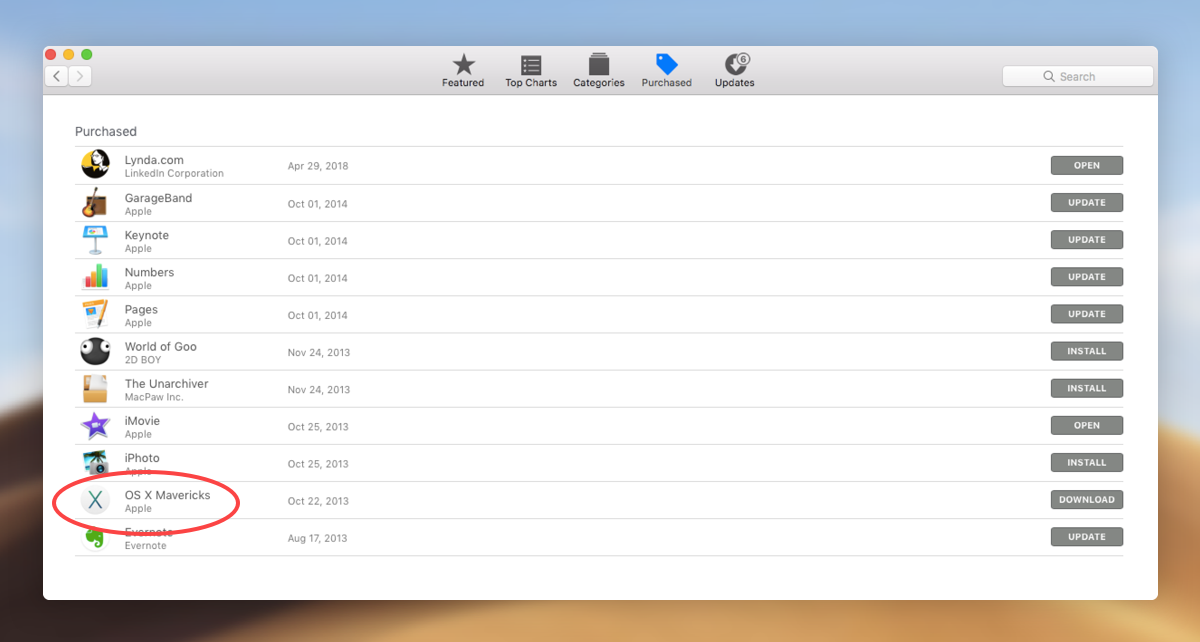
- #Will i lose my files if i install new mac os install#
- #Will i lose my files if i install new mac os archive#
- #Will i lose my files if i install new mac os download#
Still find a way to get files out (after a failed install, they should not be The app asks you to reboot, quit it at this point.
#Will i lose my files if i install new mac os download#
Open the installer and let it run until the download finishes.
#Will i lose my files if i install new mac os install#
Whatever the issue was, we need to download the install files with the

app from the App Store, and that app does the actual download. This also happens with some older macOS versions, where you get a small Try to run it, you will get the same error as in the previous paragraph: Install macOS Catalina.app does not appear to be a valid OS installer application. If you are in Recovery, you can find an Install app on the filesystem. Installer from Recovery/App Store (any macOS version) If you wish to continue type (Y) then press return:Īnd it works! createinstallmedia will now produce valid install media.ī. To continue we need to erase the disk at /Volumes/MyBlankUSBDrive. Let’s try doing this on our own: $ mkdir "Install OS X El Capitan.app/Contents/SharedSupport" $ mv InstallESD.dmg "Install OS X El Capitan.app/Contents/SharedSupport" # "Install OS X El Capitan.app/Contents/Resources/createinstallmedia" -volume /Volumes/MyBlankUSBDrive -applicationpath "Install OS X El Capitan.app" Ready to start. This script creates aĬontents/SharedSupport directory inside the installer app, andĬopies/hardlinks the InstallESD.dmg file (which is the install formerly-DVD There’s an link_package script we need to run. PackageInfo file, or just look in the Scripts folder, to see that That are run at various stages in the install process. MacOS packages have scripts, typically shell scripts, Turns out there’s one more thing we need to take care Great, let’s try it! # "Install OS X El Capitan.app/Contents/Resources/createinstallmedia" -volume /Volumes/MyBlankUSBDrive -applicationpath "Install OS X El Capitan.app" Install OS X El Capitan.app does not appear to be a valid OS installer application. We’ve got the installer app, which is what we need to create an install image. $ pkgutil -expand InstallMacOSX.pkg elcapitanĭistribution* InstallMacOSX.pkg/ Resources/ $ cd elcapitan/InstallMacOSX.pkg/ (Or copy it to some other volume you can write to NOT the USB stick) $ cd /Volumes/Macintosh \ HD/ $ (mount the DMG in Disk Utility ) $ cp /Volumes/Install \ OS \ X/InstallMacOSX.pkg /Volumes/Macintosh \ HD/ It at all the compressed files mentioned in this paragraph.) If you have 7z around (on Windows/Linux as well), you can just point cpio.gz again, with the same way to extract it.
#Will i lose my files if i install new mac os archive#
Will extract all the files the package has.Īnother nested archive is the Scripts archive, although note that Otherwise, you can use gunzip -c Payload | cpio -i (or gzcat). (default on macOS, easily installable on Linux), you can just do tar -xvf Payload. That contains the files installed by this package. The second archive-in-archive is the Payload. The structure produced by both tools is a bit different, but we can You can either extract it with pkgutil -expandįoo.pkg foo_files (the last argument is the destination directory, can beĪnything, will be created by pkgutil) if you have access to that command (it’sĪvailable in Recovery OS), or you can try the xar utility as xar -xfįoo.pkg.

Those files are in XAR format, which was invented by the This was deduced from the file command and The Unarchiver. You can find more resources about the flat package format, one or two, although This package isĮxpected to install /Applications/Install OS X El Capitan.app. If you take a look at the instructions, you will see that this is

The only thing you can download from Apple is El Capitan. Hackintoshing this little bit harder, but this also affects legitimate users. If it doesn’t, and Recovery can’t install it for you, that can be difficult toĪpple does not make macOS images publicly available. Program included with that installer app.

The expected way to produce macOS install media is to download the installerįrom App Store/Software Update, and run the createinstallmedia command-line Unfortunately, making a USB stick with the macOS installer on it is a nuisance. The best, safest, least error-prone way to do an install is with a USB stick. Making install media with El Capitan (with access only to Recovery)


 0 kommentar(er)
0 kommentar(er)
